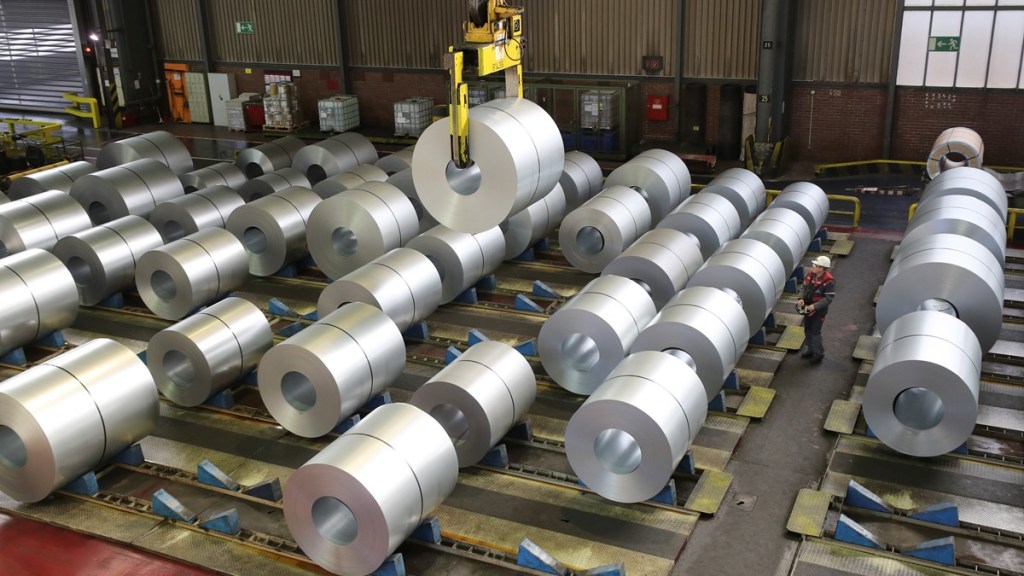In 2017, steel manufacturer Jai Balaji Industries (JBIL) was ranked second in the Reserve Bank of India’s list of defaulters with a ₹3,400 crore debt overhang and no signs of recovery any time soon. However, a one-time settlement (OTS), capital infusion by promoters and focus on operational efficiencies has led to a turnaround in its fortunes.
“After becoming a non-performing asset (NPA), we did a one-time settlement with certain banks while some sold their loans to asset reconstruction companies (ARC) and some creditors restructured them. Then the revival process started, and the turnover which had hit a low of ₹1,300 crore improved to is now around ₹6,200 crore last year,” Jai Balaji Group India CMD Aditya Jajodia told FE in an interaction.
“First was to get the financials in place, then we started focusing on operational efficiencies and value-added products, which led to margin improvements,” Jajodia said, adding the road to recovery took nearly four years.
The firm made an OTS to 22 banks over a period of time from 2017-2021, while the promoters invested about ₹250 crore in the company, which gave the firm additional cash to run the operations. A loan of Rs 560 crore from Tata Capital was also used to refinance existing debt held by certain ARCs.
The initiatives started paying off, with the net debt that about ₹3,400 crore falling to about ₹560 crore as of December 31, 2023. For the quarter ended December, JBIL posted a 740% rise in net profit at Rs 234.6 crore from the year-ago period. This due to focus on higher-value products and cost efficiency.
The new JBIL, or JBIL 2.0, aims to become a zero net debt firm in the next 18 months. Further, it has earmarked ₹1,000 crore for capex, mostly for its expansion of manufacturing capacity at Durgapur plant in West Bengal, of which ₹380 crore has already been spent.
The firm has four integrated steel manufacturing units in West Bengal and Chhattisgarh. The company’s Ebitda per quarter is about ₹280 crore, which would be sufficient for its capex plans, Jajodia added.
Over the next 18 months, the share of high value products to sales would rise to 80-85%, which stood at 30% two years ago and rose to 50% as of December end. Additionally, with modernisation plans in the offing – including blast furnaces and running plants at 90% capacity, would cut costs “drastically”.


